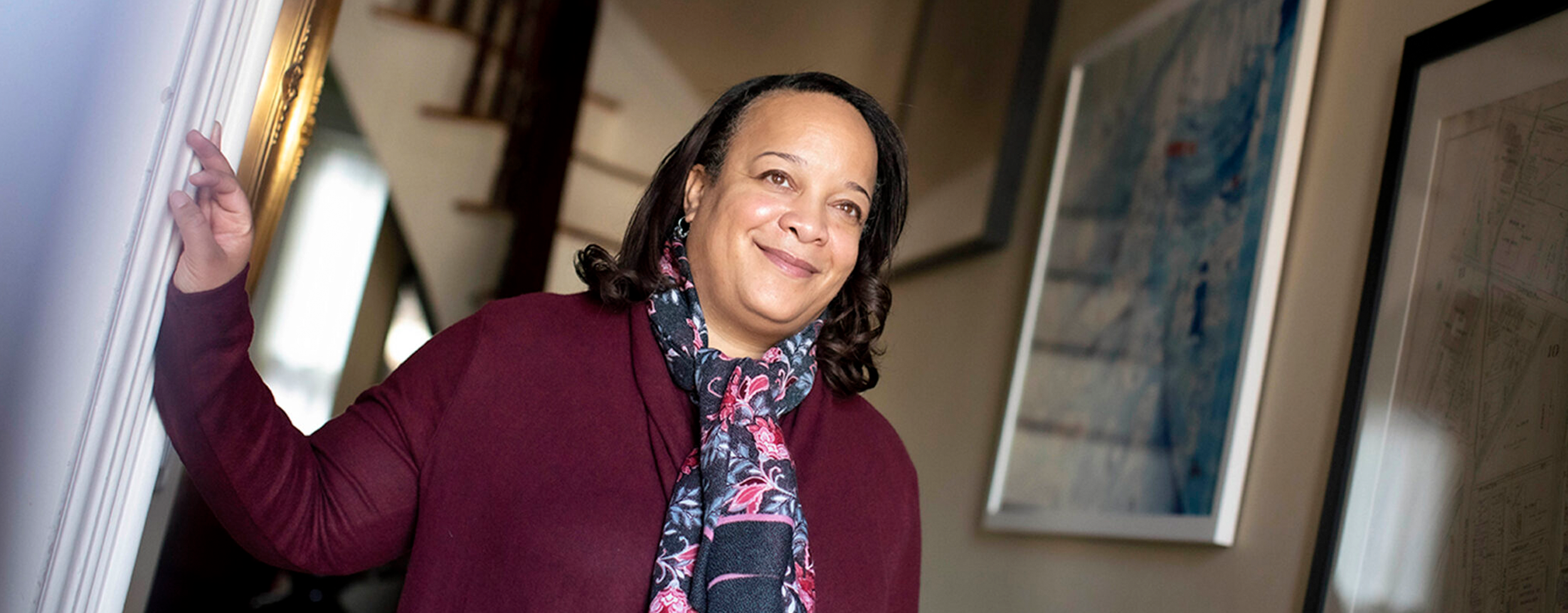Post-Pandemic Challenges for Schools
Ed School dean says flexibility, more hours key to avoid learning lossWith the closing of schools, the COVID-19 pandemic has revealed many of the injustices facing schoolchildren across the country, from inadequate internet access to housing instability to food insecurity. The Gazette interviewed Bridget Long, A.M. ’97, Ph.D. ’00, dean of the Harvard Graduate School of Education and Saris Professor of Education and Economics, regarding her views on the impact the public health crisis has had on schools, the lessons learned from the pandemic, and the challenges ahead.
Q&A - BRIDGET LONGGAZETTE: The pandemic exposed many inequities that already existed in the education landscape. Which ones concern you the most?
LONG: Persistent inequities in education have always been a concern, but with the speed and magnitude of the changes brought on by the pandemic, it underscored several major problems. First of all, we often think about education as being solely an academic enterprise, but our schools really do so much more. Immediately, we saw children and families struggling with basic needs, such as access to food and health care, which our schools provide but all of a sudden were removed. We also shifted our focus, once we had to be in lockdown, to the differences in students’ home environments, whether it was lack of access to technology and the other commitments and demands on their time in terms of family situations, space, basic needs, and so forth. The focus had to shift from leveling the playing field within school or within college to instead what are the differences in inequities inside students’ homes and neighborhoods and the differences in the quality and rigor and supports available to students of different backgrounds. All of this was just exacerbated with the pandemic. There are concerns about learning loss and how that will vary across different income groups, communities, and neighborhoods. But there are also concerns about trauma and the mental health strain of the pandemic and how the strain of racial injustice and political turmoil has also been experienced — no doubt differently by different parts of population. And all of that has impacted students’ well-being and academic performance. The inequities we have long seen have become worse this year.

